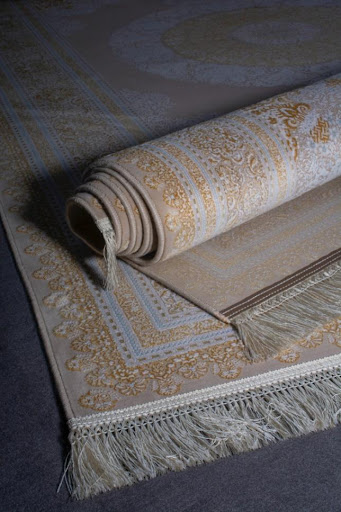No one wants to see their nice, clean carpet ripped to shreds. Unfortunately, accidents happen, and when they do, it’s important to know how to properly fix the damaged area. In this post, we’ll go over the steps necessary for replacing torn carpet like a pro. So, whether you’re a DIY novice or a seasoned handyperson, read on for some helpful tips!
Take the torn area out
Cut a square out of the carpet, taking care to completely surround the torn section. Make as small a cut as possible that will encompass the entire area of the tear. Use a carpenter’s square to help you cut straight lines. Slice through the carpet with a utility knife, cutting through carpet, but not the padding. Remove the cutout piece of carpet. If necessary, use the end of a putty knife to pry the carpet up. Source: Hunker
Replace with a new carpet
Then, using the damaged piece as a template, take a carpet remnant and trim it to fit the new space. Cut it from underneath. Use one-sided carpet-seam tape to surround the hole, with part underneath the old carpet and part sticking out so it’s underneath the new piece. Then secure it in place, making sure the fibers “flow” in the same direction. Don’t use double-sided tape, as you don’t want to stick the piece to the floor. It should “float,” like the rest of the carpet does.
Seaming tape can be either pressure-activated or heat-activated to produce a strong bond. If you opt for heat-activated tape, which is stronger, you’ll need a special carpet iron to apply heat. You can also use a standard clothing iron with a damp towel as a buffer to swipe over the surface for about 60 seconds, moving carefully the entire time. If you find this tricky—too much heat might melt the carpet fibers, and possibly your entire home if you’re not careful—opt for the pressure-activated tape. Source: MentalFloss
Additional tips
If you don’t have a remnant, you can steal a piece from inside a closet or underneath a piece of furniture you never intend to move. (This may sound extreme, but it’s a lot cheaper than replacing the entire carpet.)
If you have a “plush”-type carpet with a flat surface and no pattern, you can make a repair that’s absolutely invisible. If your carpet has a color pattern, a textured surface design or looped yarn, you’ll have to be fussier when you cut the plug, and the repair may be visible (but you’re probably the only one who will notice it). Source: FamilyHandyman
Got any flooring-related concerns at home? Feel free to contact us anytime for some pro advice!



